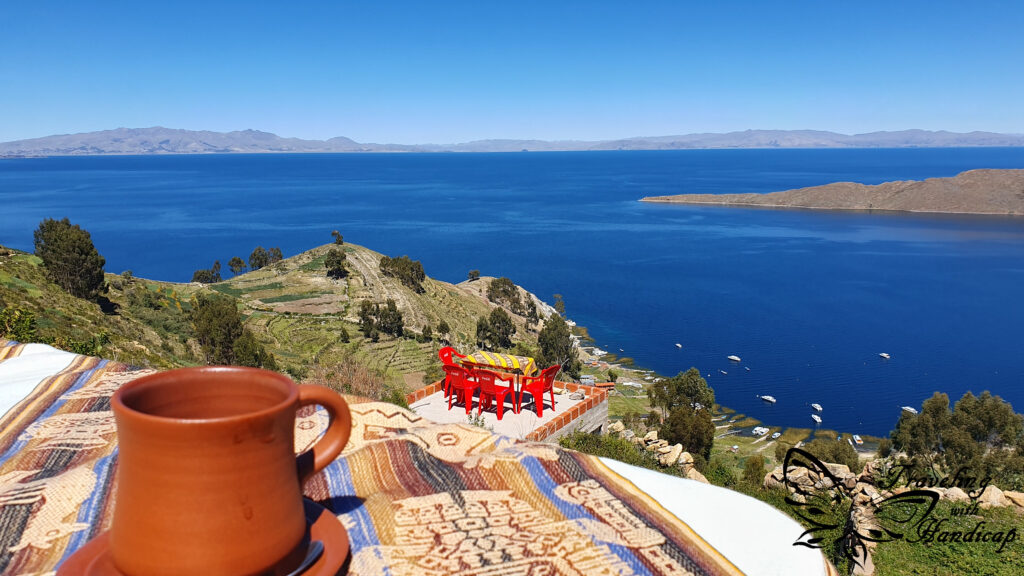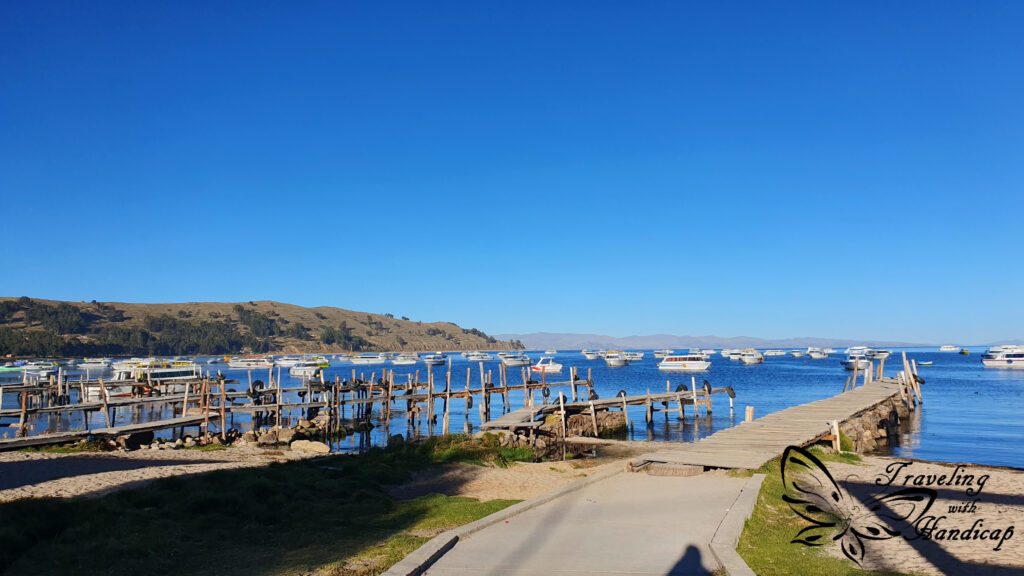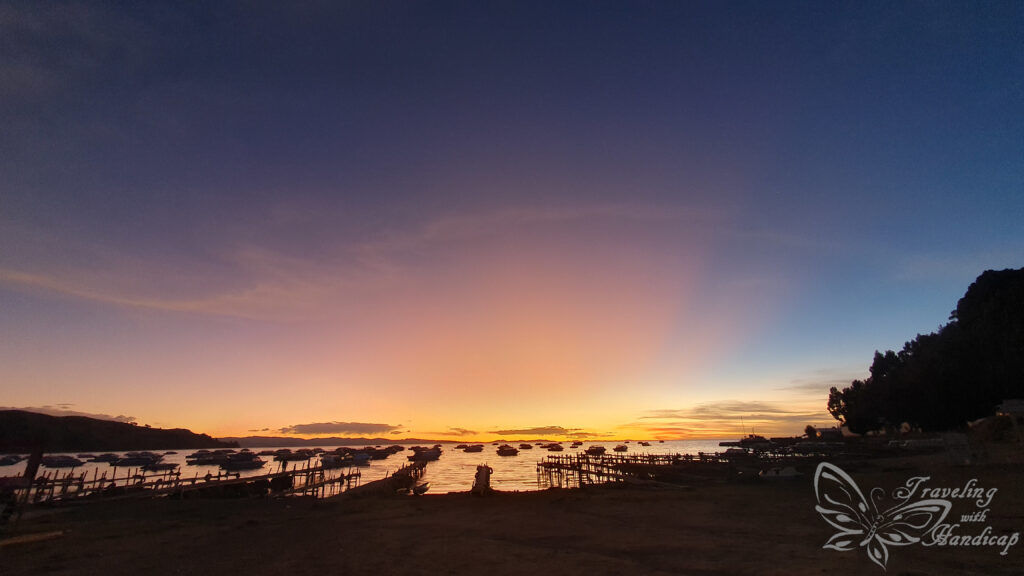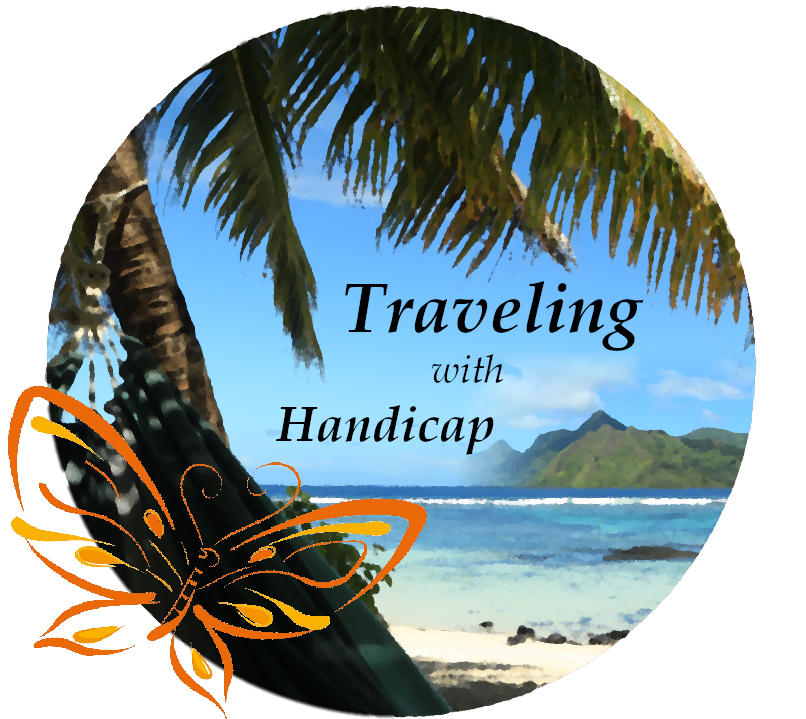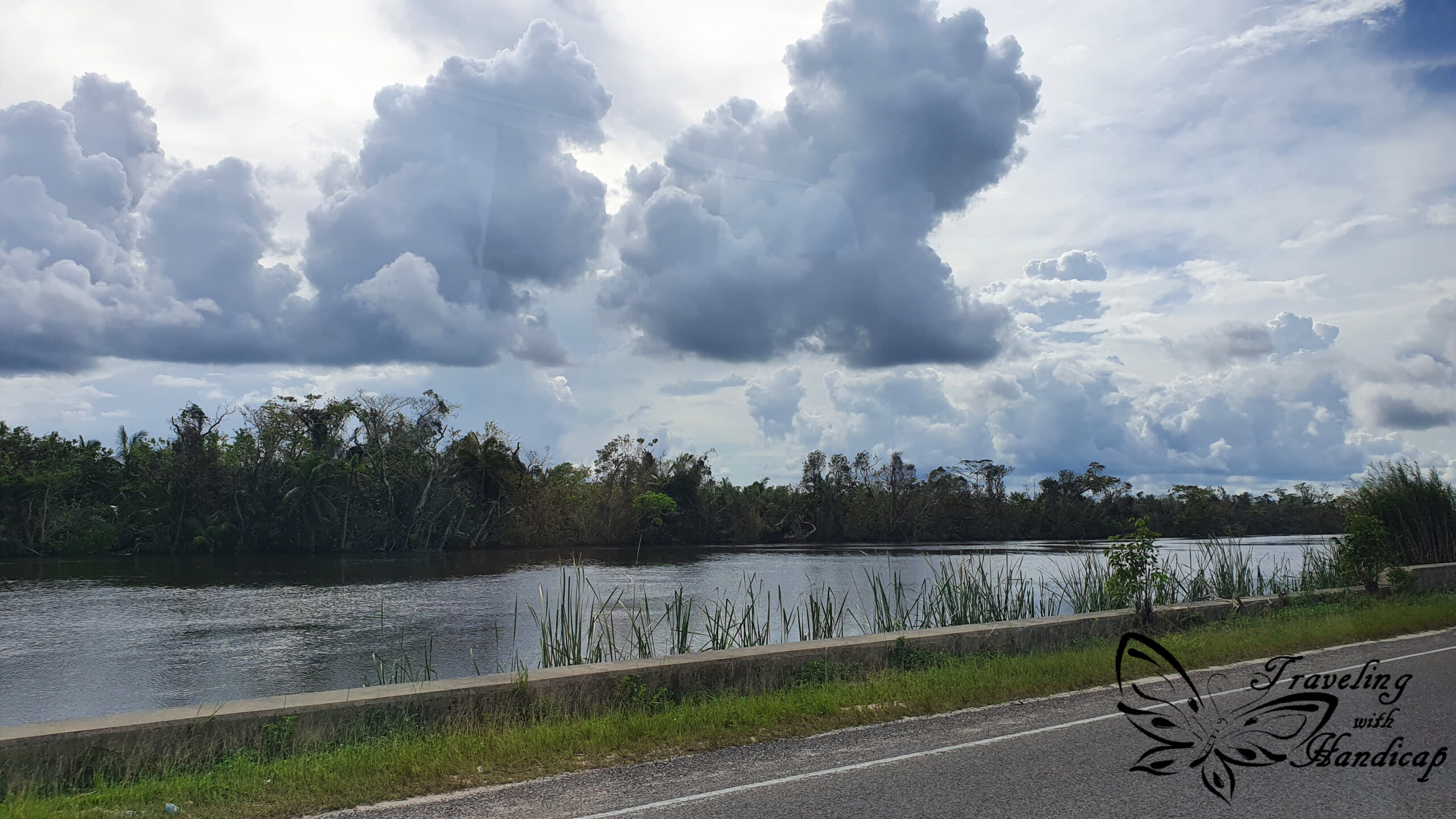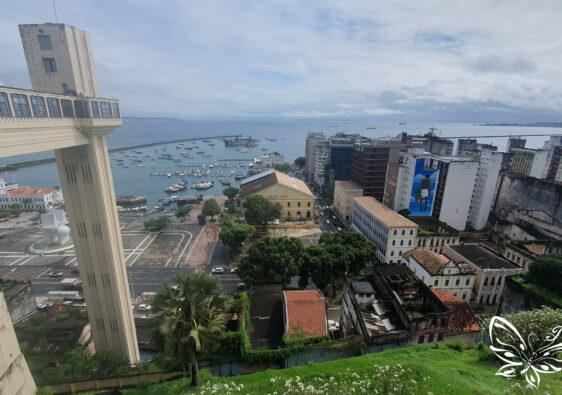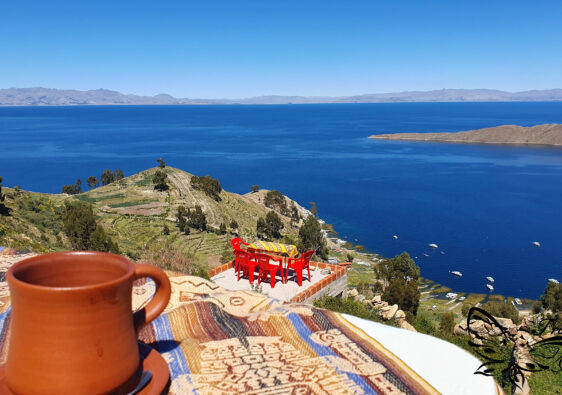Life is short and the world is wide. The sooner you start exploring it, the better.
Simon Raven
How to get to Puno
Puno is Peru’s hub at the Titicaca lake which I have already visited on the Bolivian side (Copacabana and Isla del Sol). Crossing the lake to enter Bolivia would be a too long ride, but there is a road connecting Puno to Copacabana. Thus, many tourists coming from or entering Bolivia take this road. Travelers from Chile usually take the train from Arica to Tacna, Peru, and then continue by public transport towards Puno.
Within Peru, Puno is connected to both Cusco and Arequipa through (long) bus rides. Of course, there are many small towns on the way, but not really touristy. As such, a night bus to/from Cusco/Arequipa is often the way to go. I came from Cusco by night bus, did a day trip sailing to the Uros and the island Amantaní, and left by a night bus to Arequipa.
Many travelers also skip the lake as it’s quite some distance away of other tourist places. However, I thought I’d visit the Uros and as well, get the chance to compare both the Bolivian and Peruvian side of the Titicaca Lake.
Visiting the Uros
I assume almost every travel agent in Puno will sell tours to the Uros. I didn’t really spend any time in Puno since I prebooked the tour online in order to leave early in the morning, shortly after my arrival in Puno. 3 hours would be enough to only visit the Uros. But I wanted to spend more time on the lake, so I went for the 1-day tour including Amantaní, the second-largest island after the Isla del Sol in Bolivia.
Floating Islands
The Uros with their floating islands live actually very close to Puno. These floating islands are the only true ones. Even though there are some “floating islands” close to Copacabana on the Bolivian side, those are just created for tourists and artificially floating. I have once watched a documentary regarding how far kids have to sail in their boats made out of Totora, similar to the floating islands. This documentation led me thinking that the islands would be much further into the lake. In reality, they are a 1 hr boat ride with a motorized boat away from the coast.
The islands are made out of Totora, aquatic reeds growing in this area of the lake. The Uros are actually pre-Inka people and as such don’t speak Quechua but Aymara. It is assumed that when the Inka came to the area, the Uros had to flee and decided to flee into the lake with their Totora boats. As the boats swam so nicely, they used Totora to build floating islands for themselves to live. The descendants live on these islands until today, however, with some more amenities such as motorized boats to get to Puno if needed.
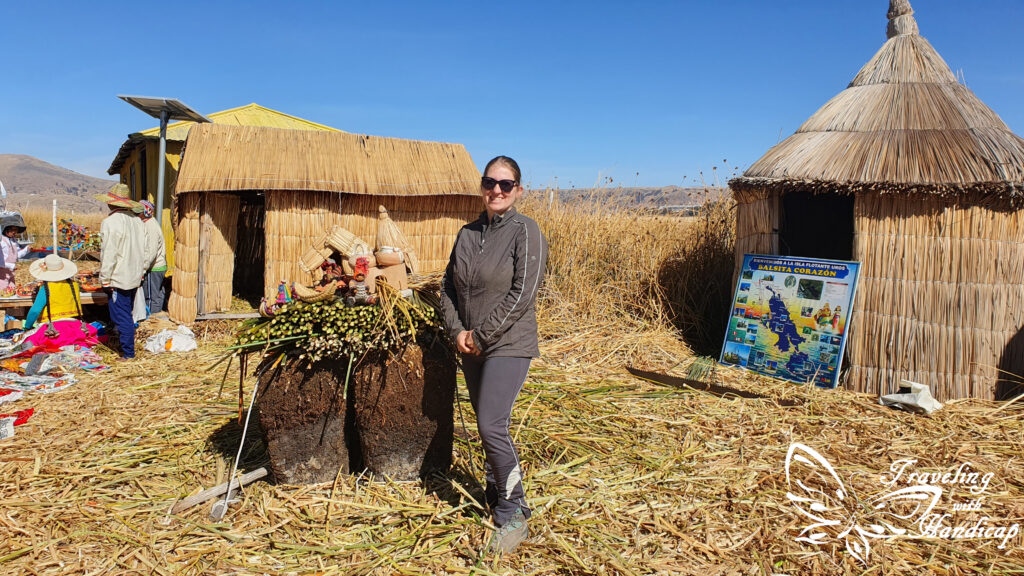
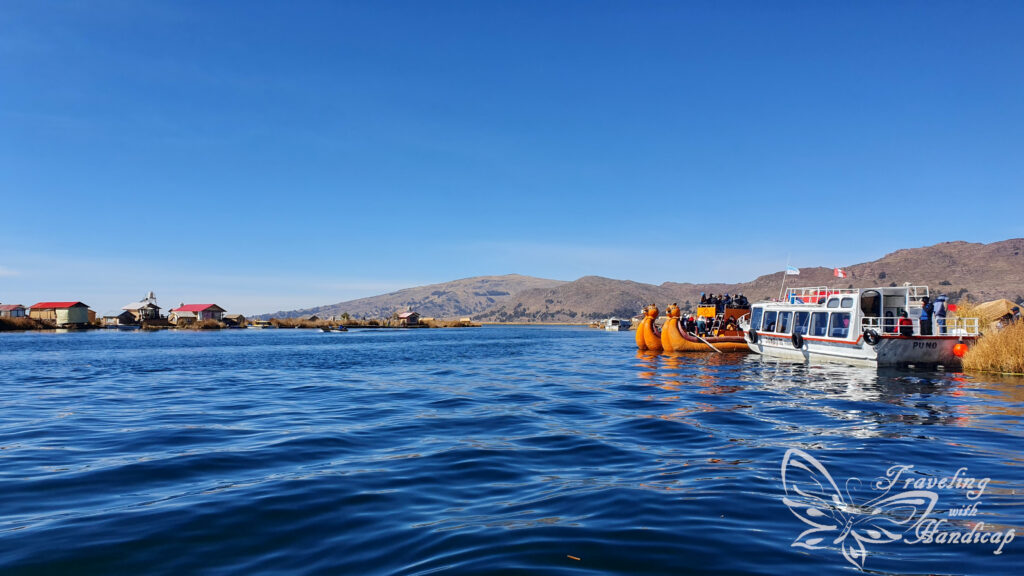

Touristy visit
In our days, the Uros mainly live from the tourists visiting their islands and buying souvenirs. The kids often try to sing songs (rather wrong than nice) and want to collect tips for that. The guide advised though that we should not give any tips, even though we might think to help the kids. The kids shouldn’t get a wrong idea of life, and we should rather support the families through buying their products. Well, I didn’t buy anything since most of the souvenirs are too big for a backpack to be carried around for weeks.
When we arrived at one of the Uros islands, we got an introduction to how the island is built and maintained. While cooking, you have to be very careful as a flame would kill and burn down the whole island. Also, the houses have to be lifted when maintaining the island. Thus, they are very small and built moveable. The houses are in the size of some European bathrooms. There is not even a real mattress, just blankets and a bulk of all other stuff which is needed (clothes, some toys for kids). An entire family lives in such a tiny space. Privacy only happens if they jump on a boat and sail a little away from the island.
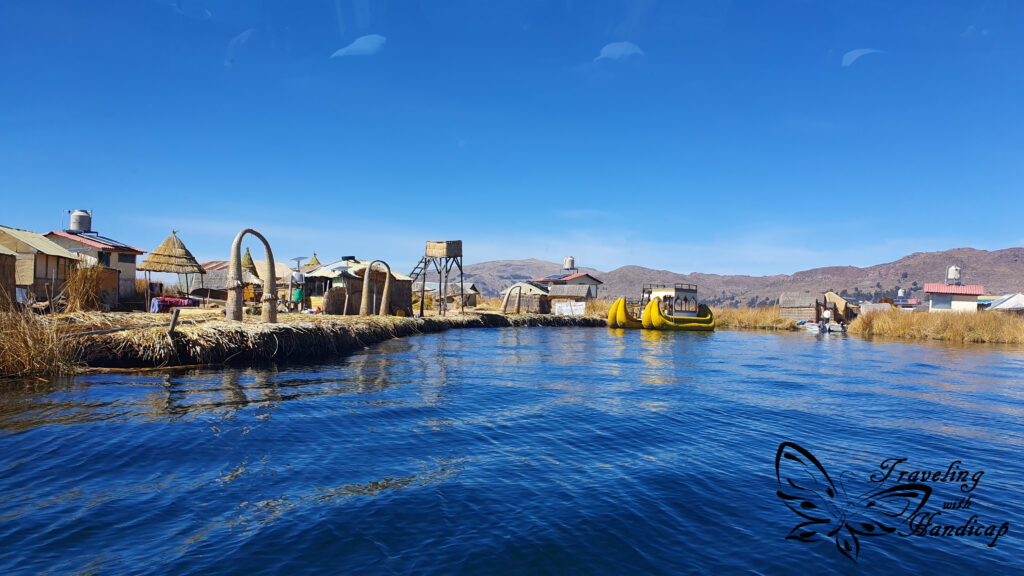



Amantaní
After the Uros we were brought to the island Amantaní. This is the second-largest island of the Lago Titicaca, after the Isla del Sol which I visited from Copacabana. It is not the largest by size but by population. We had to walk some way uphill to get to the restaurant we had lunch in. The view was nice but by far not as stunning as from the Isla del Sol. Thus, I was happy that I decided for a one-day tour without staying overnight. Actually, Amantaní considers itself to be vegetarian (well, no meat but fish). Not sure if this is valid across the whole island.
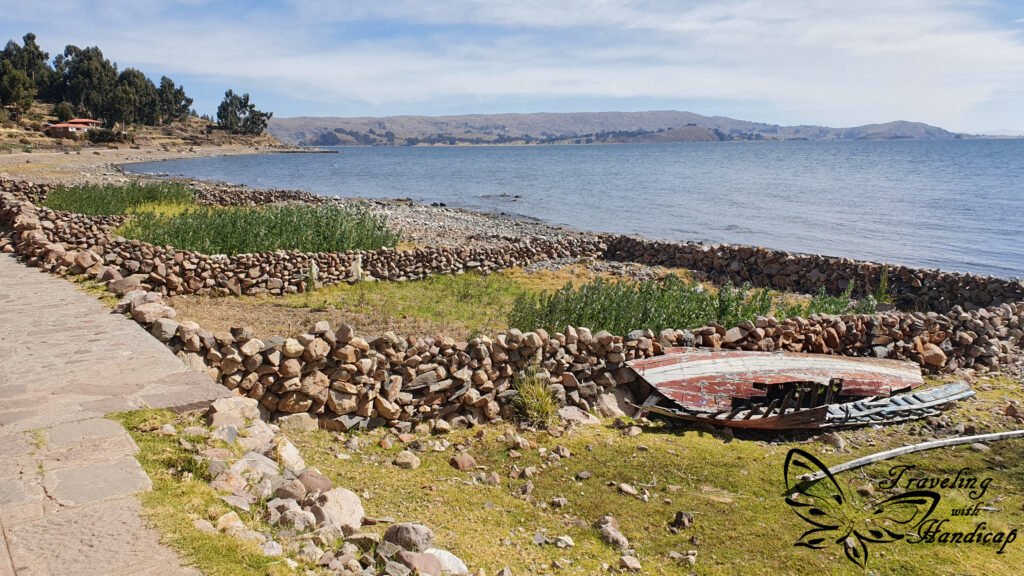


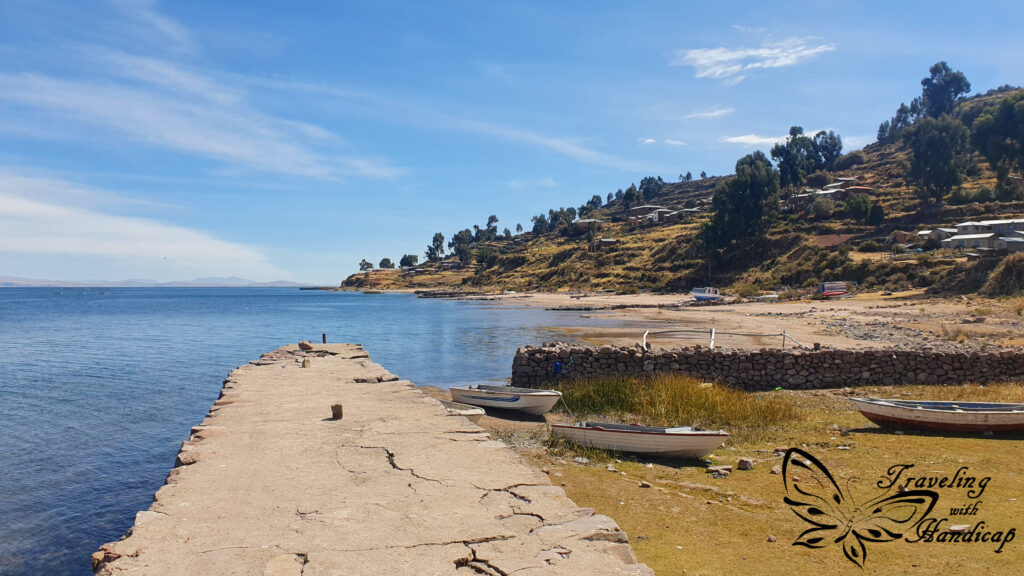
Actually, we didn’t spend a lot of time on any island, most of the time we spent on the boat. One hour to the Uros, three hours to Amantaní, and back. So I tried to nap on the boat after the bumpy ride by night bus (on “excellent” roads). On the way back, I took many photos the closer we came to the Uros and to sunset. During that time, the Totora looked like glowing grass within water.
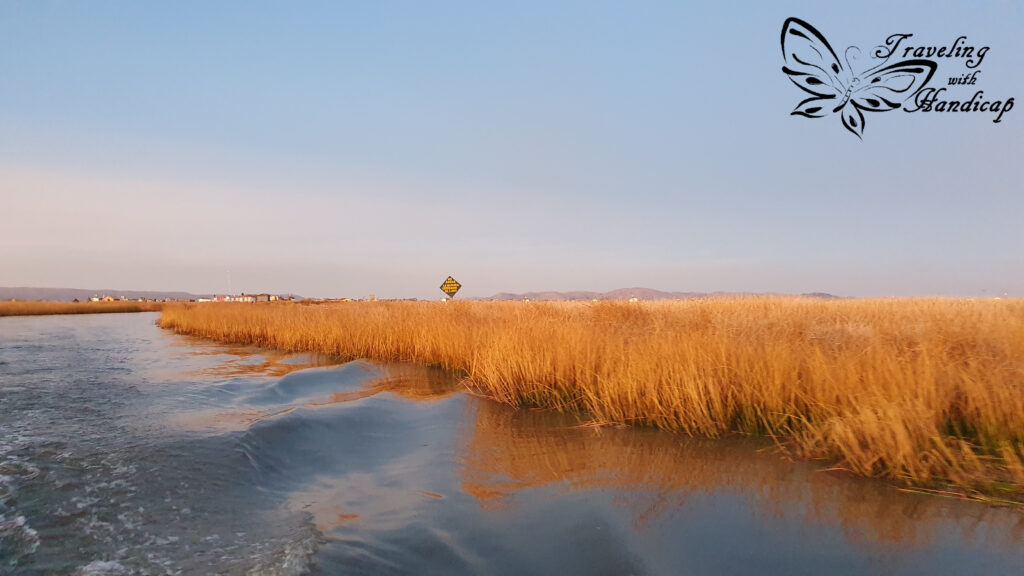
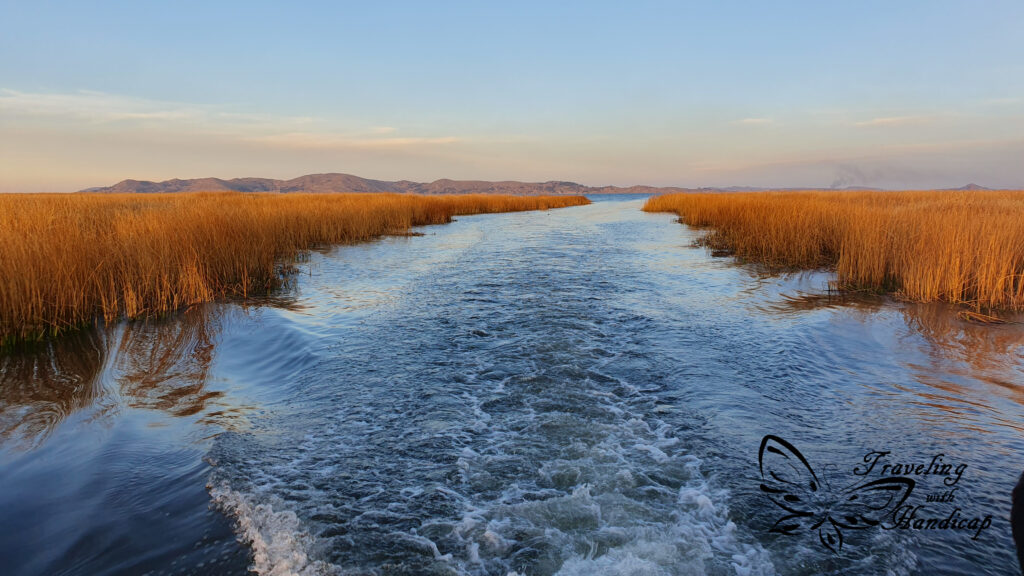
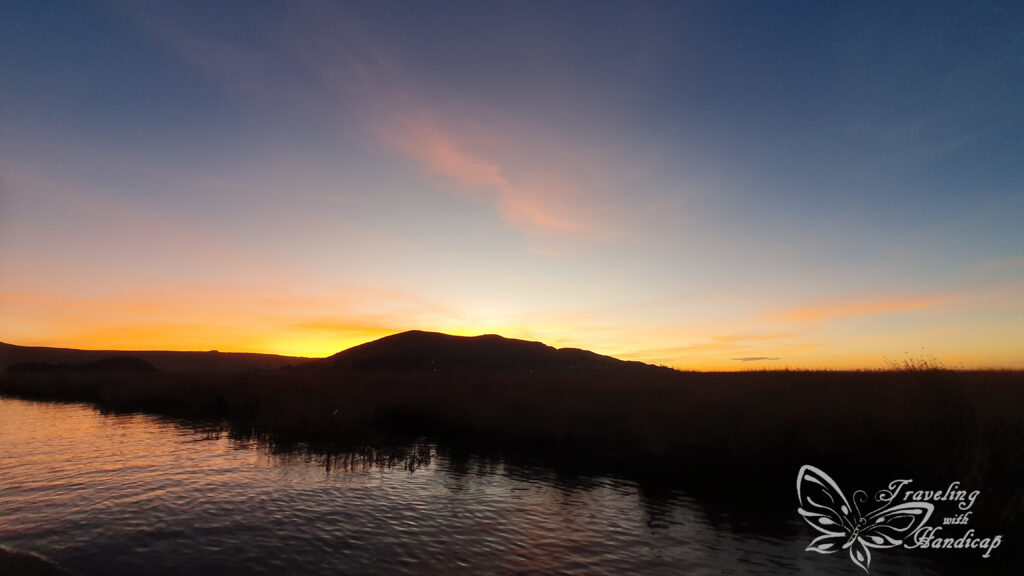
The Titicaca Lake – Peru versus Bolivia
If you visit Peru and Bolivia and are limited in time, definitely check out the Titicaca Lake, but only on Bolivian side. Even though Copacabana as a village is not convincing, it is still much better than Puno. Also with respect to safety. From Copacabana, you may watch great sunsets from the beach which is not possible from Puno.
Considering the islands, the Isla del Sol was my clear favorite. I have been told that there are also former Inka temples on Amantaní, however, you would have to stay overnight to visit them. There are different options for visiting the Isla del Sol as there are both different villages and a public boat schedule. However, Amantaní is really far away from Puno, so you can’t go there for a real day trip without a tour. Moreover, just walking on one of the ways on or across the Isla del Sol is so much more scenic than Amantaní.
I wanted to visit the Uros, which I did. Nevertheless, I’m happy that I spent more time for the Bolivian side with the Isla del Sol. I would not come back to Puno or the Uros another time. This is because I’ve seen them and they are very touristy. However, if in Bolivia for another time, I would come back to the Isla del Sol. If on the way from Cusco or Arequipa towards Bolivia, skip Puno and get off the bus in Copacabana. These are memories from the Bolivian side. 🙂
